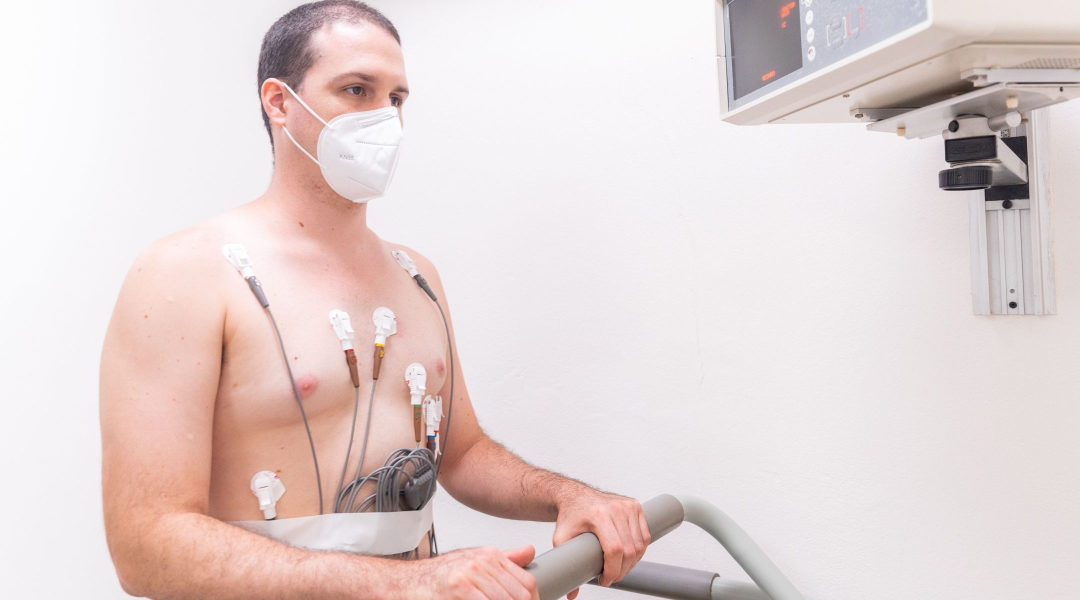The human body is a fascinating machine that has the ability to truly change, adapt, and overcome any physical or mental challenge. But, not many people understand that it isn’t simply sheer willpower, muscles, or tissues that are responsible for the change. In fact, new evidence now suggests that electricity can be a major component in rehabilitation, both physical and mental.
How Does the Body Use Electricity?
Our bodies use electrical signals through neurons, stimulated from the brain to every part of the body, from the nerves in our hands and all the way to our feet, even to our heart muscles. These electrical signals tell the body what to do, what to feel, and how to react.
Now, a clinical trial at the Feinstein Institutes of Medical Research in Manhasset, New York, has shown promising signs of electricity behind used to rehabilitate and improve the health of people after an injury.
Electrical Signals for Physical Rehabilitation
When you do something such as bend your fingers or flex your knee, these are all done with the help of neurons telling your brain to perform the action. But, what happens when these electrical signals can no longer be sent throughout the body, either due to an illness or a severe accident?
What if your body loses the ability to communicate with itself, and you can’t feel any sensation in these parts of the body? That’s where electrical stimulation therapy comes in.
During this type of therapy, a person will be outfitted with electrodes that send electrical signals to a damaged area of the body, such as a finger that won’t move. These electrical signals slowly, but surely, teach your brain to start sending signals to that part of the body again. Some patients have reported improvements in as little as a few weeks.
Diseases that can be helped using the power of electrodes and stimulation of the neurons include:
- Parkinson’s disease
- Epilepsy
- Inflammation
- Depression
- Paralysis
- Spinal injuries
The Future of Electricity
Surprisingly, electricity isn’t only in the neurons, but also in every single cell of the body that uses it to communicate. Through methods such as deep brain stimulation, electrical stimulation, and rehabilitation, the future of electricity in helping to heal the human body seems brighter than ever.

